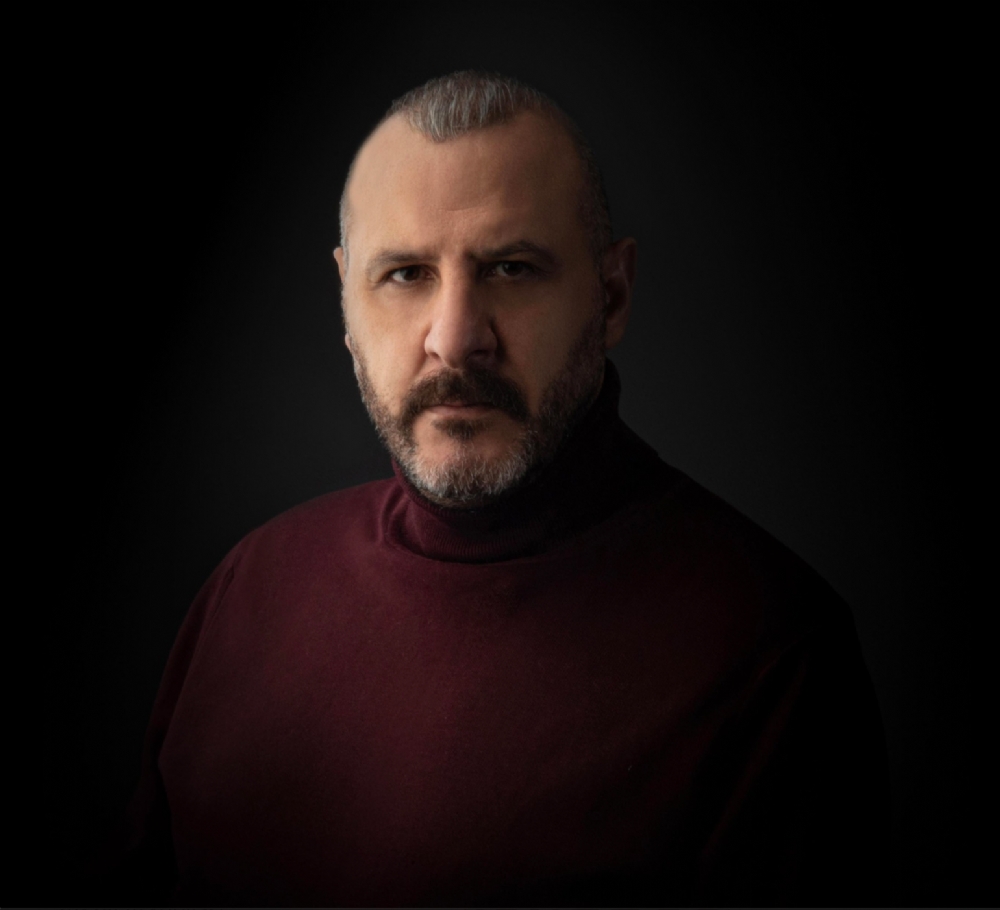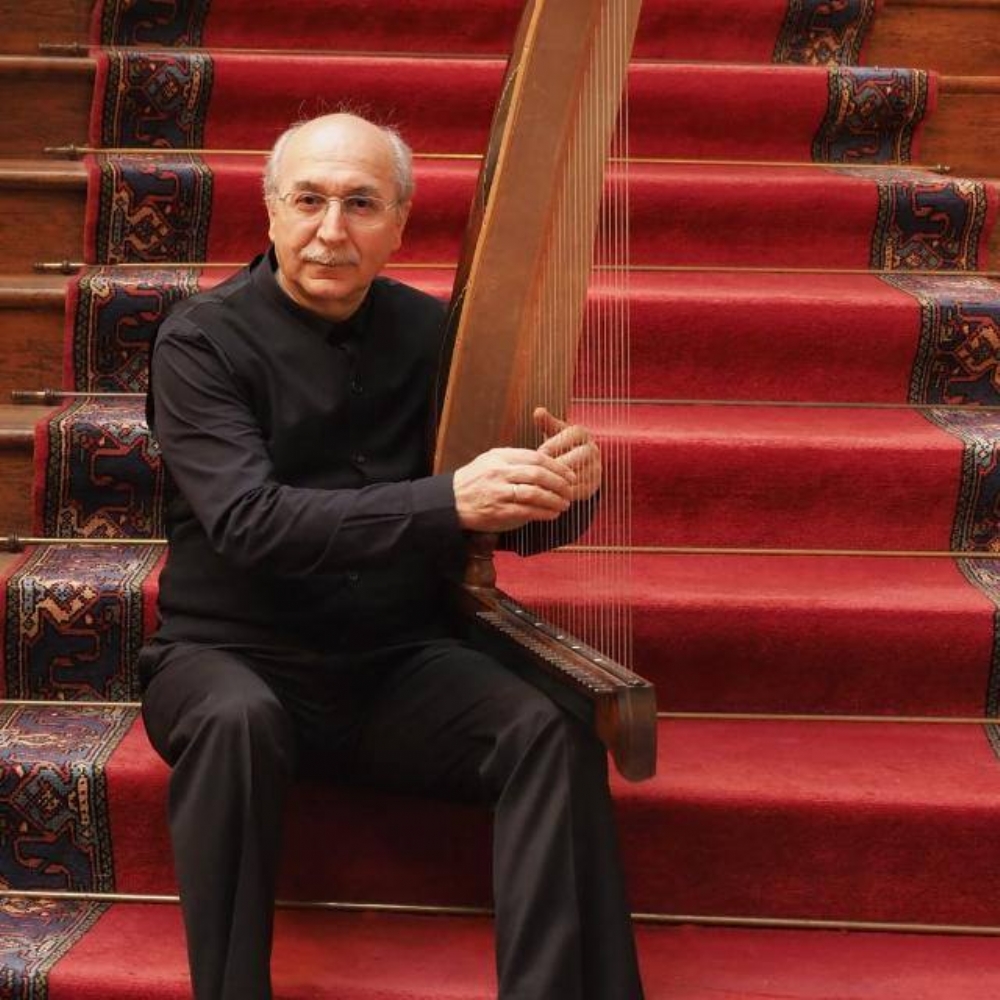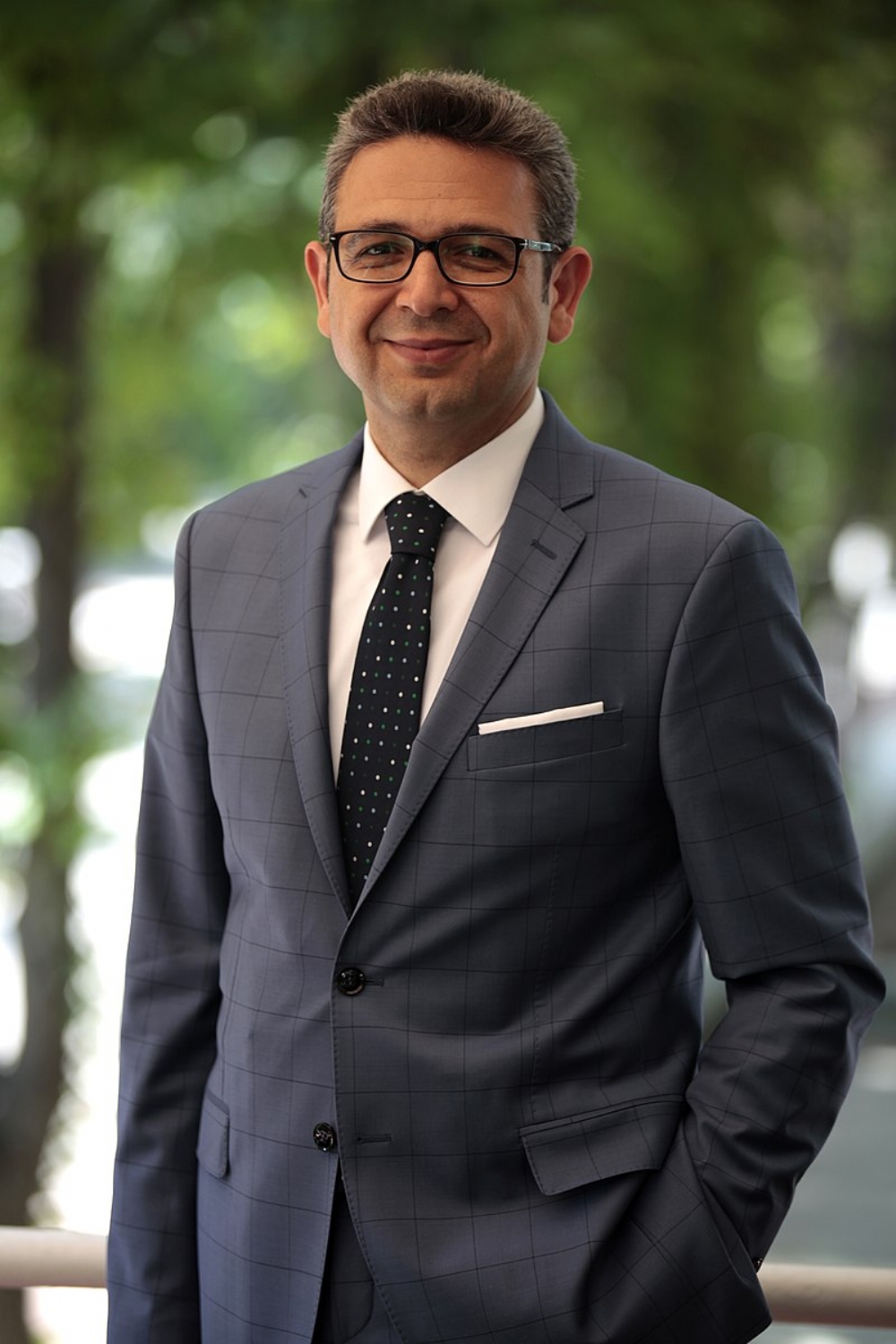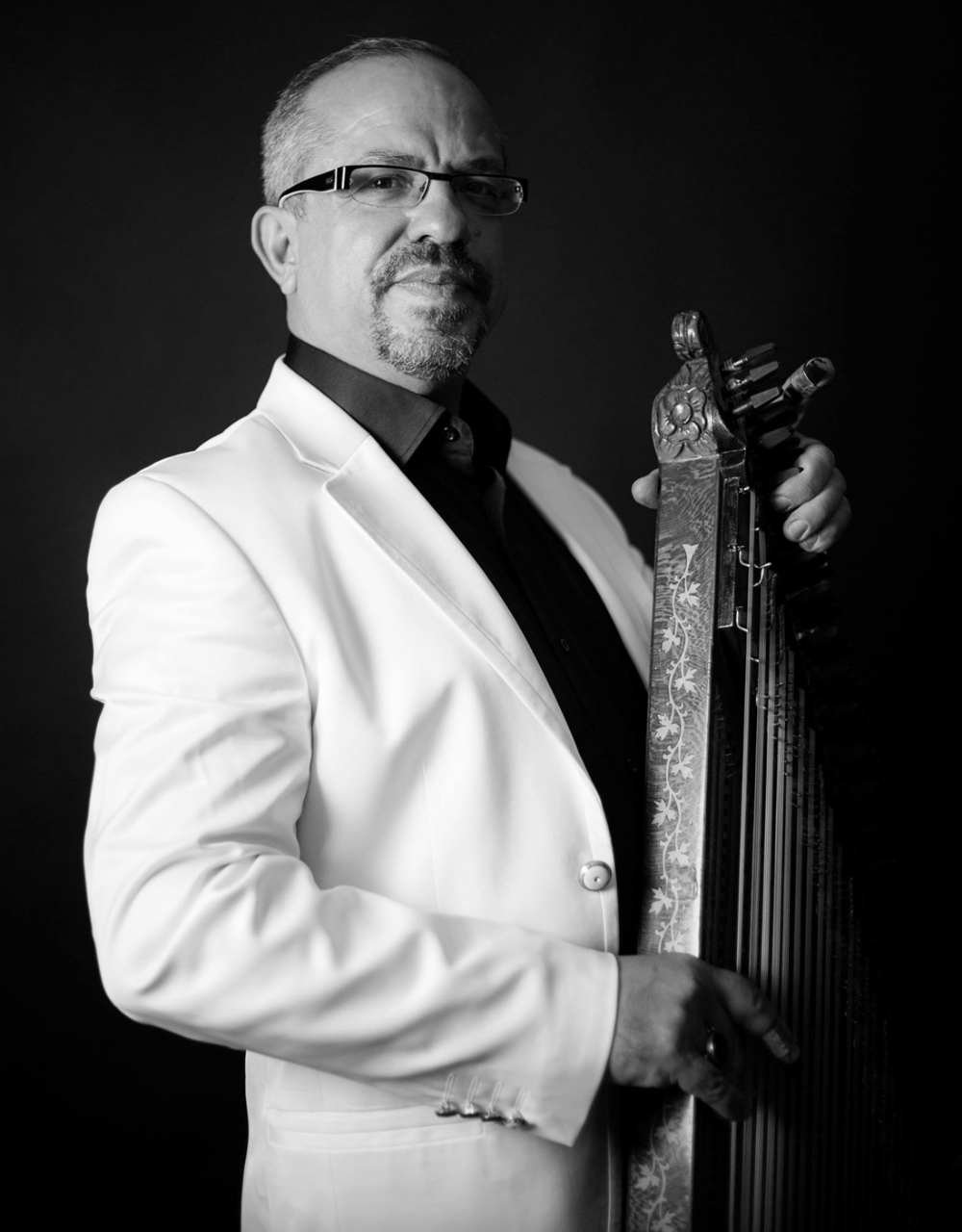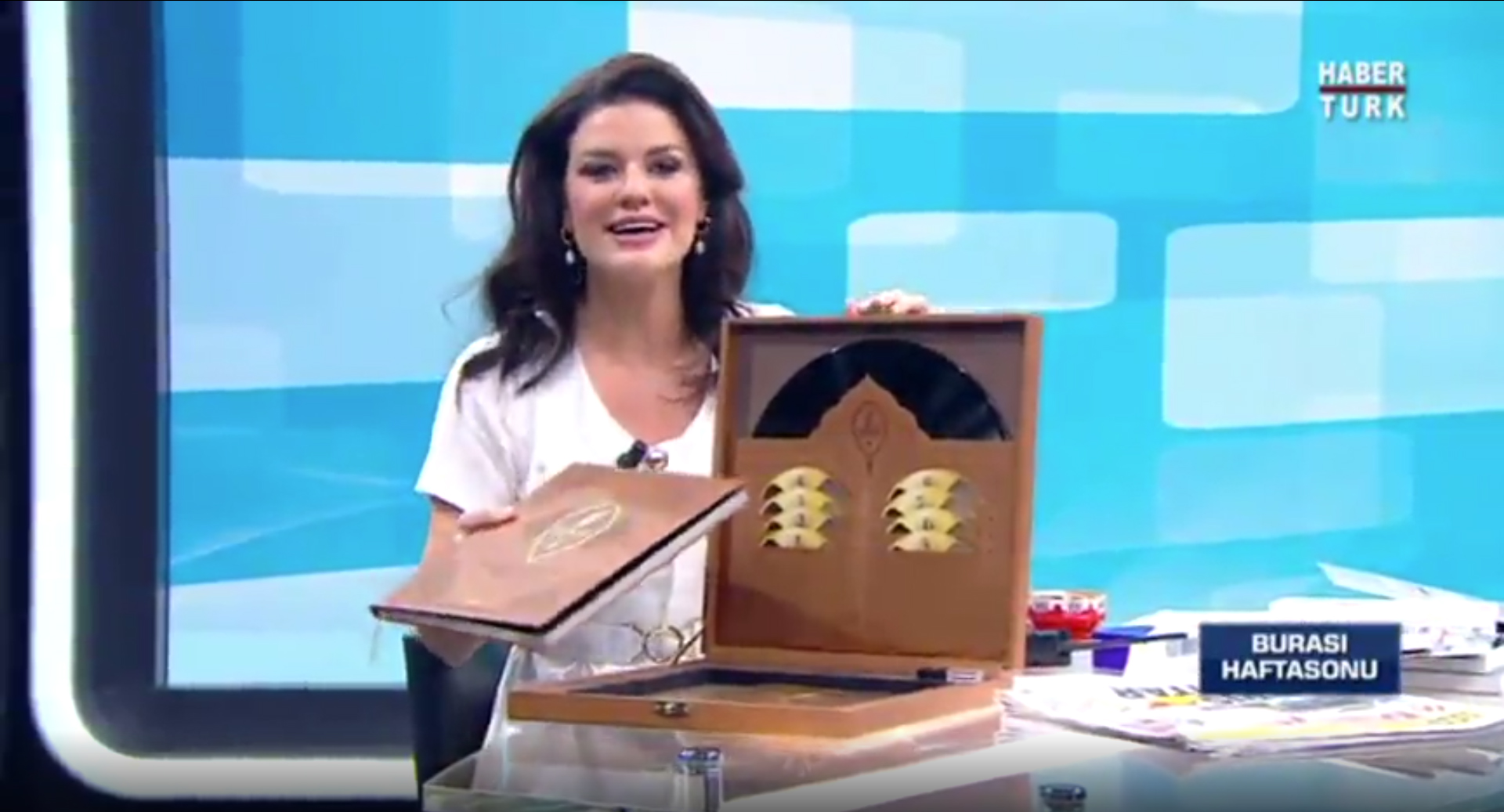About Sultan III. Selim records
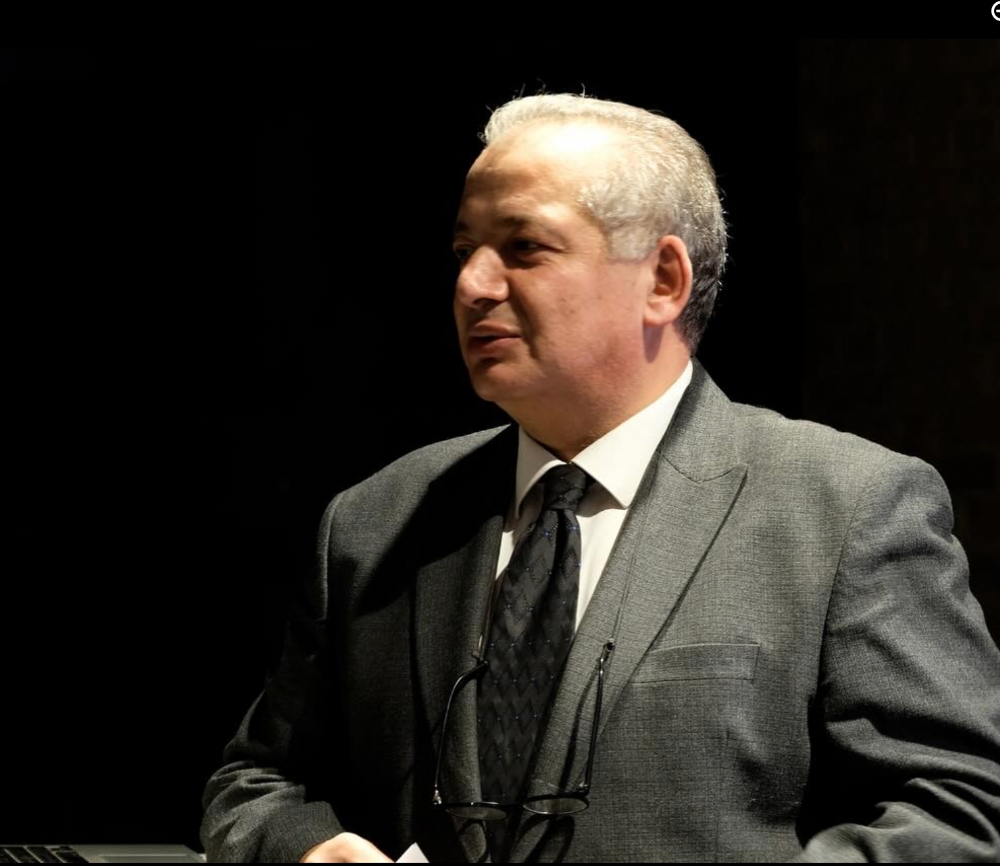
It was the first days of 2019. Our valuable academic friend Assoc. Prof. Dr. Mehtap Demir-Güven called and told me that she wanted to talk about a project. When we met, she explained that a recording-corpus-publication study consisting of the works of the sultan composers would be made and asked if I could take part in this project. I said that I would be happy to take part. As our conversation progressed, it began to become clear how we would carry out the work identification and recording studies with the vocal and instrument teams I would establish.
However, with this clarification, a problem area that did not fit into its place in my mind began to make itself felt and bother me. The periods we would work on corresponded to a very long historical process. We had a history of hundreds of years, starting from the oldest examples and extending to the last sultan Vahdettin.
The works composed during this very long period undoubtedly had very distinct stylistic differences. In each of these periods, there were obvious stylistic differences ranging from the instruments used to their musical understanding, from the ways in which the modes were used and expressed to the emotions conveyed by the works. It might not have been possible to reveal these vital differences with almost the same instruments, the same understanding and attitude, and with vocal and instrumentalists whose musical styles were not very different from each other. Performing a work by Murad IV and a work by Mahmud II in a way that would evoke the same effects as if they had been composed in the same period could have produced uniform results. In my opinion, this would have inevitably negatively affected the overall quality and success of the project.
By expressing this issue, which creates a problem in my mind, I would like to emphasize that since it is an area and period on which we have focused for years in terms of specialization, III. I stated that we could easily and happily perform Selim’s works, but that in order to capture the distinctive sound of earlier periods, it would be very appropriate to include Fikret Karakaya, who has thought and worked hard on early period musical performance and who has successfully put his ideas into practice, and his ensemble Bezmârâ in the project. Because of his concentration on old period music and his use of instruments from those periods, I had no doubts about Bezmârâ’s success in capturing a sound much closer to what should have been in certain works.
As a result, my opinion and suggestion were accepted and, again in my personal opinion, a positive step was taken in the overall quality of the result to be obtained.
Within the scope of the project, I undertook the musical directorship of III. The adventure of identifying, performing and recording Selim’s works progressed as follows:
The first step was to create a list that included the maximum number of works and then access the notes of the works on the list. Mehtap Demir Hoca created the list completely and sent it to us. Our foremost reference source in terms of bringing together the notes was the note program called Turkish Music Culture’s Memory, which continues its broadcasting service through the websites of the Presidential Classical Turkish Music Choir and the Turkish Music Foundation. Since there were works whose names were mentioned in various sources but whose notes could not be accessed, the number of works recorded was less than the number of works on the first list. As a result, we recorded 40 instrumental works in the peşrev and saz semaisi forms and 26 works in the composition forms such as na’t, tevşih, ilahi, kır, beste, şarkı and köçekçe. III. The number of pieces belonging to Selim whose notes are available was at least twice as much as the 66 pieces we recorded. We did not record the rest because the remaining pieces were obtained from another recording source within the scope of the project.
In the second step, it was necessary to form the performance team. In order to obtain the simplest and cleanest performance possible, we recorded the tanbur, daire, ney, kemençe, kanun and cello in order to bring together the fewest number of instruments that are indispensable in terms of musicality.
In the recording works we completed previously for the instrument pieces, we did not prefer to make separate channel recordings for each instrument or in groups of instruments. In order to obtain natural, sincere and lively results, we made our recordings in a method called “attack recording” by entering all instruments into the studio at the same time.
In the recordings of the pieces with lyrics, the performances of the vocal artists were recorded over the music that the instruments had previously played, depending on whether the performance to be made was solo or group. We took care to record the works that were suitable for male or female dialects and soloist performances as solos; and the works that were suitable for group performances, especially large compositions, were recorded with a cumhur performance. The works in religious music forms were performed by male artists, as is the tradition, and the works in ladin music forms were performed by both male and female artists.
In the recording studies, especially during the performance of instrumental works,a we faced some difficulties in deciphering. We noticed that performances of a significant portion of the works had never been found in the archives, that many works belonged to unfamiliar maqams and that the available notes contained significant spelling errors or incorrect notations. For this reason, we encountered impasses about how certain sections of some works should be performed. However, we did not lose much time in resolving such problems, because with his vast knowledge and experience in Turkish music theory, the conductor of the Presidential Classical Turkish Music Choir at the time, Fatih Salgar, did not hesitate to provide us with analytical information that would help us reach a conclusion in each of our applications. We easily solved our problems thanks to the information he provided. For this reason, we are grateful to him.
We also observed certain criteria when determining the artists who would perform the instruments we selected within the scope of the project. The music we would perform was dedicated to a sultan, and moreover to Sultan III, a musical genius. Since it belonged to Selim, we had to work with musicians who could convey the sultan’s “magnificence hidden in his simplicity” aspect. The work we were going to do was not suitable for a flowery and ornate performance style. It required simplicity, clarity and a “calm solidity” that could be achieved by penetrating the soul. I am grateful to Lütfiye Özer (kemençe; Presidential Classical Turkish Music Choir), Pelin Değirmenci (tanbur; TRT İstanbul Radio), Serap Çağlayan (kanun; Presidential Classical Turkish Music Choir), Hüseyin Özkılıç (ney; Presidential Classical Turkish Music Choir) and Volkan Ertem (cello; Presidential Classical Turkish Music Choir), who are each the pride of our country in their own fields, for enabling us to achieve the result we have achieved.
The vocal artists who took part in the project were also selected from among the most prominent voices of the young generation in Turkish music. I would like to thank Atakan Akdaş (Presidential Classical Turkish Music Choir), Bekir Ünlüataer (Presidential Classical Turkish Music Choir), İbrahim Suat Erbay (TRT İstanbul Radio), Gizem Coşkun (Presidential Classical Turkish Music Choir), Aybige Demir Okan (Presidential Classical Turkish Music Choir) and Merve Kıvılcımer (Presidential Classical Turkish Music Choir) for their contributions to the project.
Of the 40 instrumental works recorded, 18 were in the form of peşrev and 22 were in the form of saz semai compositions. Of the 18 peşrevs performed, 13 were in 4 measures; 1 were in 5 measures; There are 3 ones with 3 digits and 1 one with 2 digits.
Of the 22 saz semai, only the Suzidilara Saz Semai number 2 has 3 digits and the remaining 21 saz semai have 4 digits.
The breakdown of the 26 works with lyrics according to their composition forms is as follows: 1 na’t, 1 tevşih, 4 ilahi, 1kâr, 1 beste, 17 şarkı and 1 köçekçe.
The song that starts with the words “Ne aramarsam sende mevcûd”, with an unknown lyrics poet and in the mahur makam and the song that starts with the words “Nihâl-i kametin bir gül-fidandır”, with an unknown lyrics poet and in the Suzidilara makam are available in some sources as information that they belong to Mahmud II. It is known whether the songs belong to Selim III or to II. Since there is no definite document stating whether it was Mahmud’s or not, the aforementioned works were recorded as part of the project just in case and an information note was added about these recordings. The work, which starts with the words “Nedir kayfsizlikin söz bilmelem” in the hüzzam makam, with composition by Hafız Abdullah Efendi and lyrics by Selim III, is an exemplary work in terms of the sultan’s poems composed by another composer, so it was recorded as part of the project and information about the subject was added as a note.
Since many works had not been recorded before, and therefore the artists performing them did not have the chance to listen to any performance examples, and since there was no record of a metronome in most of the available notes; when we came across the question of “what the metronomes of the works would be” while recording, we saw that the way out was “surrender to music”. In other words, we performed the works for which we had/had no idea how much the work would cost, one after the other, with various metronomes. During one of the performances, the piece would definitely say, “This is my metronome!” It is impossible not to mention that this feeling is a common denominator in all musicians. Of course, we preferred that metronome.
I have no doubt that the instrumentalists who perform the instrumental pieces directly reflect the reflections of the music in the pieces they perform on their instruments and thus on the final version of the recordings. Because during the rehearsals, we observed with astonishment and happiness that the nuances in some musical phrases, which had not been discussed in terms of how they would be played, were performed by all the instrumentalists at the same time as if it had been decided in advance. This detail was also noteworthy in terms of showing what “surrendering to music”, instead of trying to dominate, is capable of.
One of the most important points we paid attention to during the performance of all the vocal and instrumental pieces was the issue of “style”. Since this issue is based on more abstract foundations, since it is a subject that is based on soul and emotion, we tried to stay fixed on the ground of “soul and emotion” and never go out of this circle. The pendulum belonging to the two basic questions necessary in order not to leave the circle of style continued to tick incessantly under the clock in our heads: “If Selim III were here, how would he perform these works?” and “If Selim III were listening to us right now, how would we perform these works?”
In the mixing and mastering phase of this not small oeuvre, the recordings of which we have completed, with the careful attention of Özgür Özkan Mete and Ceren Çakar, who form the valuable brain team of Ada Studio, primarily İhsan Apça, and the positive energy provided by Kedi Minuk, who is the trademark of the studio, we brought the works to their final state in which they will be delivered to the listener. We would like to express our gratitude to them.
It is a pleasurable task to express our gratitude to the project production managers Atilla Özdemir and Selçuk Murat Kızılateş, whose close support and protective attention we have always felt at every stage of the work that falls upon us within the scope of the Hünkâr Makamı project. We should especially state that they did everything we said so that we could work in the most comfortable physical and spiritual conditions.
In today's music market, which is based on the principle of consuming and forgetting music-related productions as quickly as possible and launching new products that can be sold very quickly, it is an indisputable fact that the interest in the "classical" has been completely eliminated. In such a "difficult" environment, which is based on the principle of "continuous and serial consumption" and completely excludes interest in the classical, our producer Atilla Özdemir, who took the initiative to bring these important pages representing the high classical values of Turkish music history to the agenda, deserves the most heartfelt thanks and praise. Because this initiative is an activity that cannot be considered rational in terms of the current economic principles and musical production trends of today's world. It is certain that these important works cannot be accomplished without an idealistic understanding and courage.
In the past years, some independent recording and publishing studies have been carried out for composers belonging to the Ottoman dynasty. As far as we know, it has not been possible to bring together all the surviving works of the Ottoman sultans, who are distinguished by their composing qualities, in a single collection. The Sultan's Makam project is a "first" in this respect. We have full faith that it will fill an important gap in our cultural and artistic world.
It was an unparalleled pleasure and privilege to be able to feel Selim III once again after 211 years with the Sultan's Makam: Composer Sultans' Külliyatı. With our endless gratitude to those who made this possible...
Mehmet Güntekin

